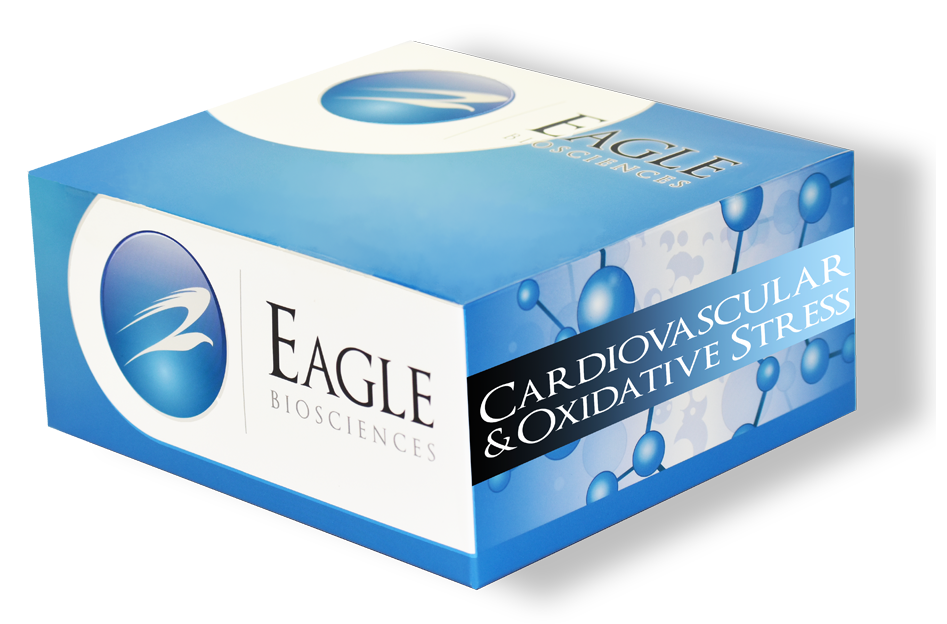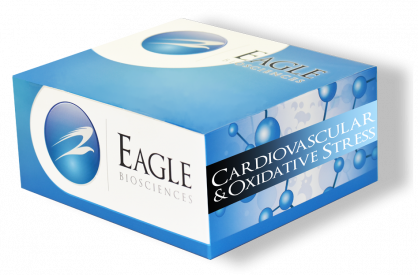Human IL-15 ELISA Assay
The Human IL-15 ELISA Assay is For Research Use Only
Size: 1×96 wells
Sensitivity: 4 pg/mL
Dynamic Range: 15.625 – 500 pg/ml
Incubation Time: 3.5 hours
Sample Type: Serum, Plasma, Cell Culture
Sample Size: 100 µl
Alternative Names: Interleukin 15
Assay Background
Interleukin 15 (IL-15) is a 14 kDa cytokine that is structurally and functionally related to IL- 2. Mature human IL-15 shares 70% amino acid sequence identity with mouse and rat IL-15. Alternate splicing generates isoforms of IL-15 with either a long or short signal peptide (LSP or SSP), and the SSP isoform is retained intracellularly. IL-15 associates with IL-15 Rα in the endoplasmic reticulum, and this complex is expressed on the cell surface. The dominant mechanism of IL-15 action is known as transpresentation in which IL-15 and IL-15 Rα are coordinately expressed on the surface of one cell and interact with complexes of IL-2 Rβ/γc on adjacent cells. This enables cells to respond to IL-15 even if they do not express IL-15 Rα. Consistent with its shared use of IL-2 receptor subunits, IL-15 induces IL-2-like effects in lymphocyte development and homeostasis. It is particularly important for the maintenance and activation of NK cells and CD8+ memory T cells. IL-15 also exerts pleiotropic effects on other hematopoietic cells and nonimmune cells. Ligation of membrane associated IL-15/IL-15Rα complexes induces reverse signaling that promotes cellular adhesion, tyrosine phosphorylation of intracellular proteins, and cytokine secretion by the IL-15/IL-15Rα expressing cells.
Related Products
Human IL-21 ELISA Assay Kit
Human IL-22 ELISA Assay Kit
Human IL-32 Alpha ELISA Assay Kit


